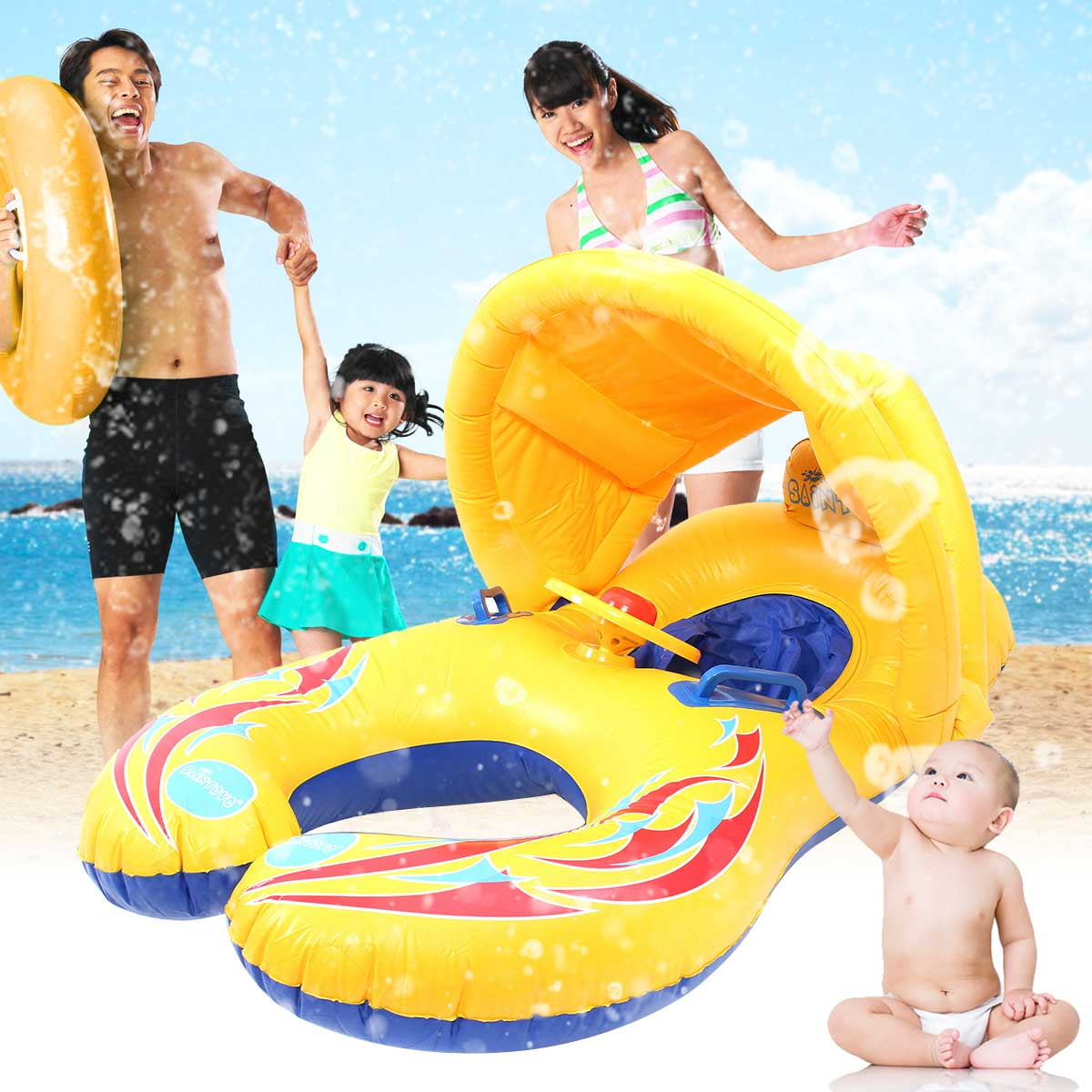

Other pool and water safety tips to know:

(The AAP sometimes refers to it as "touch supervision," but the idea is that you are never more than an arm's reach away from your child whenever he's in or around water.) "When it comes to water safety, we know what works - constant, arm's length-distance adult supervision," he says. The Coast Guard also notes on its website that PFDs aren't "babysitters," something that Dr. Your baby should be in a stable, face-up position when wearing his vest in the water. Test it out. Even if the life jacket seems to fit your child perfectly when he's on dry land, it's important to know how it will fit him once he's actually splashing around in the water.If you do not see the logo anywhere on the jacket, it's not approved by the USCG. Any USCG-approved floatation device will have the USCG's logo somewhere on it.

They're designed to upright people who may be unconscious or who don't have the reflexes to right themselves in the water, which is why they are the Coast Guard's recommended pick for babies and toddlers. There are a few different types of PFDS.It's crucial that your child's life jacket fits perfectly while it may be tempting to buy a size up in the hopes that he'll grow into it, jackets that don't fit can't protect him in the water. Snap the PFD on your toddler and have him hold his arms straight above his head if you can lift the PFD over your child's head or his ears and chin slip through, it doesn't fit. The PFD should fit snugly on your child.If you're not quite ready to give up pool time yet, here's what to look for when shopping for a PFD: Coast Guard (USCG)-approved personal floatation devices (PFD) - AKA life jackets or vests - which are specifically designed to protect your little one (and you!) in the water, whether you're in or near a pool, beach, kayak or boat. Instead, the organization recommends that parents use U.S. However, this doesn't mean that your little minnow has to avoid the water entirely. The AAP advises against the use of all kinds of pool floaties and inflatable toys, because they're not designed to keep your child safe and can easily deflate. "I wouldn't trust this with my own kids, and if I can't tell someone exactly how safe they are, then it's not worth it." "I fully understand the benefits of aquatic therapy and getting kids into the water, but we don't know how safe these are," Dr.


 0 kommentar(er)
0 kommentar(er)
